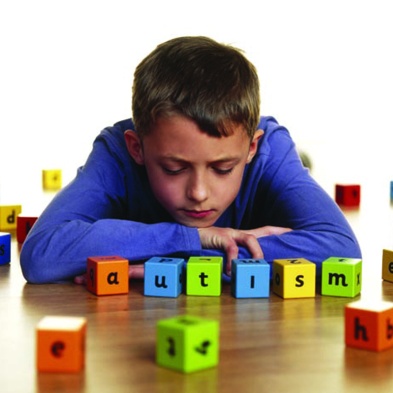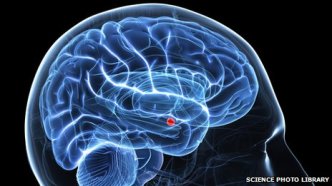Recent studies on the brain, and especially the brains of people diagnosed with autism spectrum disorders (ASD), are shedding light on the physiological underpinnings of our thoughts and emotions. We are gaining a better understanding of how neuropathways are formed and the extent to which biology influences behavior.
All minds of the autism spectrum are detail-oriented, but how they specialize varies. By questioning many people both on and off the spectrum, I have learned that there are three different types of specialized thinking:
1. Visual thinking – Thinking in Pictures, like mine
2. Music and Math thinking
3. Verbal logic thinking
Since autism is so variable, there may be mixtures of the different types. The importance of understanding these three ways of thinking comes into play when trying to teach children with ASDs. Strategies that build on the child’s area of strength and appeal to their thinking patterns will be most effective. This is most likely to become evident between the ages of five and eight. In children younger than five, it is often difficult to identify their strengths yet, unless savant skills are unfolding.
More detail : The Way I See It by Temple Grandin – Different Types of Thinking in Autism


